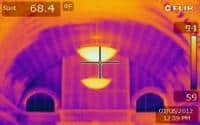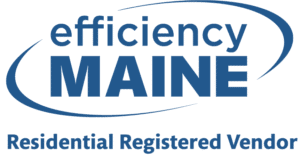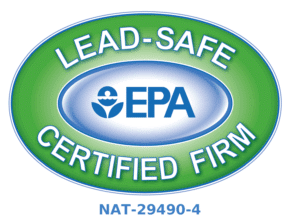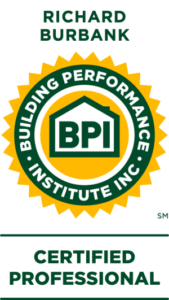Retrofitting the Rockland Public Library: In the Walls
Whether we’re working in a private home, the Knox County Courthouse, or the Rockland Public Library, we spend a lot of time in attics and basements. Since they’re typically unfinished, they’re easy to access and offer a great return on investment, but they’re rarely the only areas in a building that need help. We use infrared analysis to decide where to focus next, and un- or under-insulated walls often top the list.
That’s certainly true at the Library, where the attic and basement are mostly finished. Now we’re spending our days in the beautiful reading rooms, quietly adding insulation to empty walls and sealing gaps that have let cold air in for a century.
The infrared image above shows just how leaky the reading room walls have been. Infrared analysis highlights temperature differences, and you can see from the yellow lines that the room’s framing holds more heat than the empty (purple) wall cavities do. The windows appear dark purple because they offer almost no insulating value and are coldest.
So what to do? There are several options when it comes to insulating walls. Our first choice is to work from above, threading the insulation blower hose down into wall cavities from the attic. If there’s no access from the attic, we cut into the walls and blow insulation directly into each wall cavity – from the outside if we can, from the inside if we can’t.
For the wall of the Library’s Middle Room, we worked from the attic to fill the long cavities on either side of the window, but that still left empty space beneath the windows. We couldn’t go through the Library’s granite and brick exterior, so we moved the bookshelves and went in through the walls.
You can see from the patches where we drilled through the wall, first to blow the insulation and then to confirm that all the cavities were full.
Next up: Amazing Infrared Images from the Rockland Public Library
